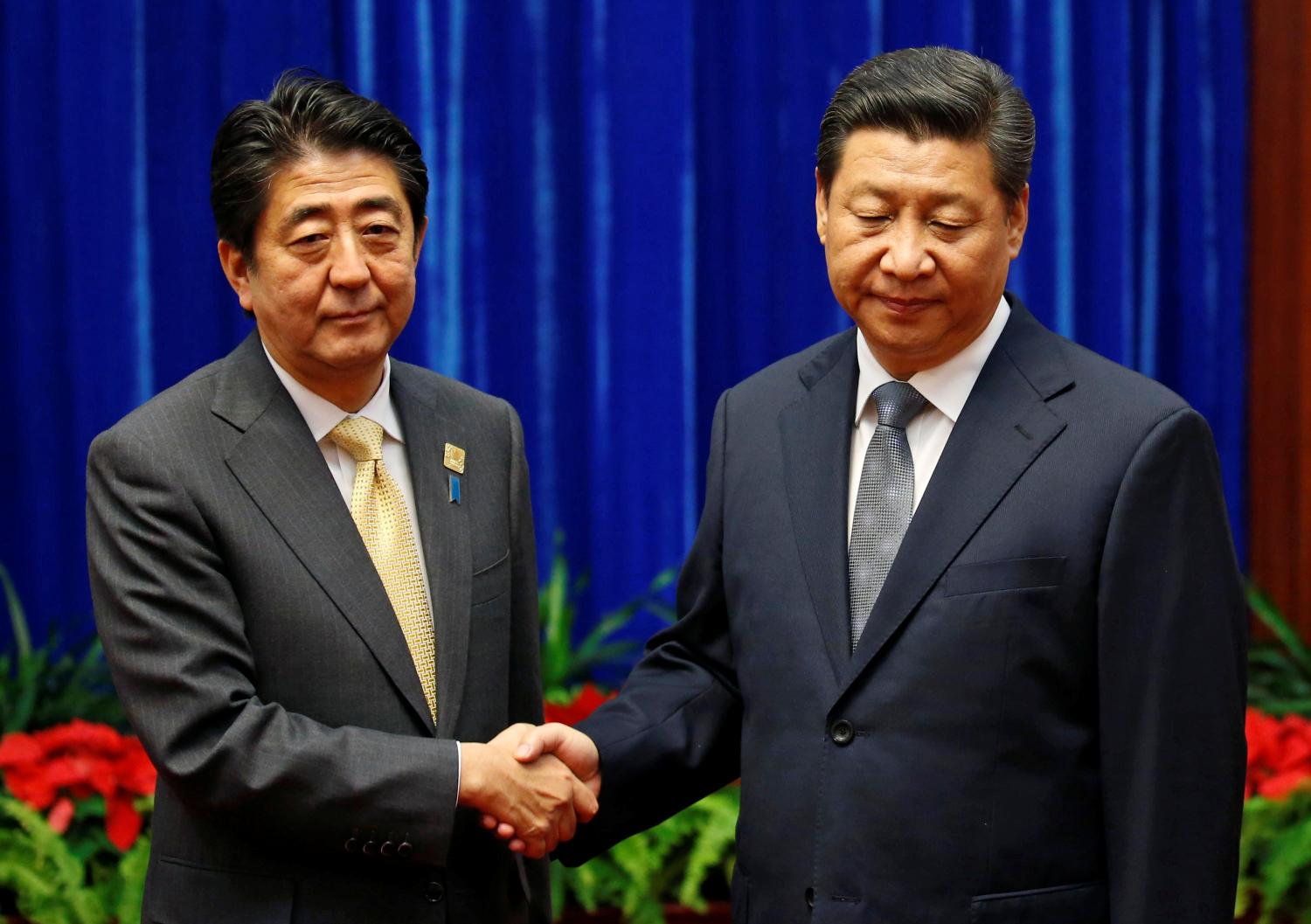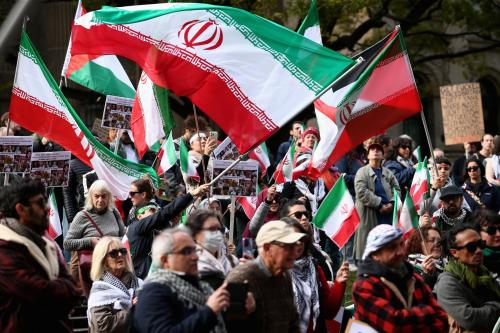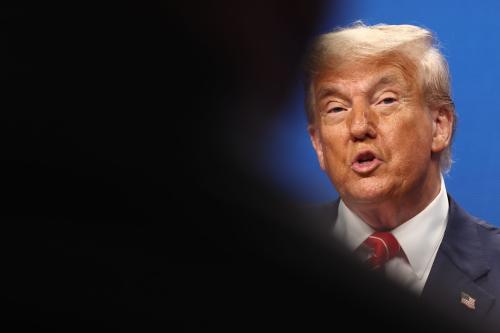The South Korea-United States alliance has come a long way from being an indispensable front-line checkpoint against Communist aggression in East Asia. The Cold War structure firmly anchored in the region has now been largely dismantled, a transformation most clearly evidenced by South Korea’s diplomatic normalization with both China and Russia. While North Korea still remains a security threat to the South, the evolving strategic configurations of the region are likely to precipitate certain changes in the half-century alliance relationship between Seoul and Washington. The ever-expanding South Korea-China bilateralism, in particular, has become the locus of much interest and concern on the part of an increasing number of American policy experts that, in the long run, Seoul may eventually choose to depart the U.S.-led security framework and instead join the orbits of Beijing’s diplomacy.
The Republic of Korea (hereafter South Korea) has of late been attracting diplomatic, economic and strategic attention from both the United States and China. The curious relationship between Seoul and Beijing has come a long way from antagonistic enemies to cooperative partners for the future. While South Korea has been quite successful in engaging China, that success has at the same time generated an intricate dilemma for South Korea and its alliance with the United States. Whereas South Korea seeks to maintain amicable and beneficial relationships with both the United States and China, from America’s perspective, Seoul’s unprecedented efforts to devise a strategic balance between Washington and Beijing have been a source of sour feelings and grave concern.
South Korea’s decision in 1999 not to join the Theater Missile Defense (TMD) plan and Seoul’s sensitivity to discussing China-related issues at the Trilateral Coordination and Oversight Group (TCOG) displeased the United States. Furthermore, in the fall of 2002 when the South Korean news media were literally flooded with special reports commemorating the tenth anniversary of the diplomatic normalization between South Korea and China, America’s popularity was at a record low, catalyzed by the deaths of two schoolgirls overrun by a US armored vehicle. Anti-American candle-light protests ensued and, contrary to Washington’s wishful expectations for Lee Hoi-Chang, Roh Moo-Hyun was elected as the new President.
The Brookings Institution is committed to quality, independence, and impact.
We are supported by a diverse array of funders. In line with our values and policies, each Brookings publication represents the sole views of its author(s).



